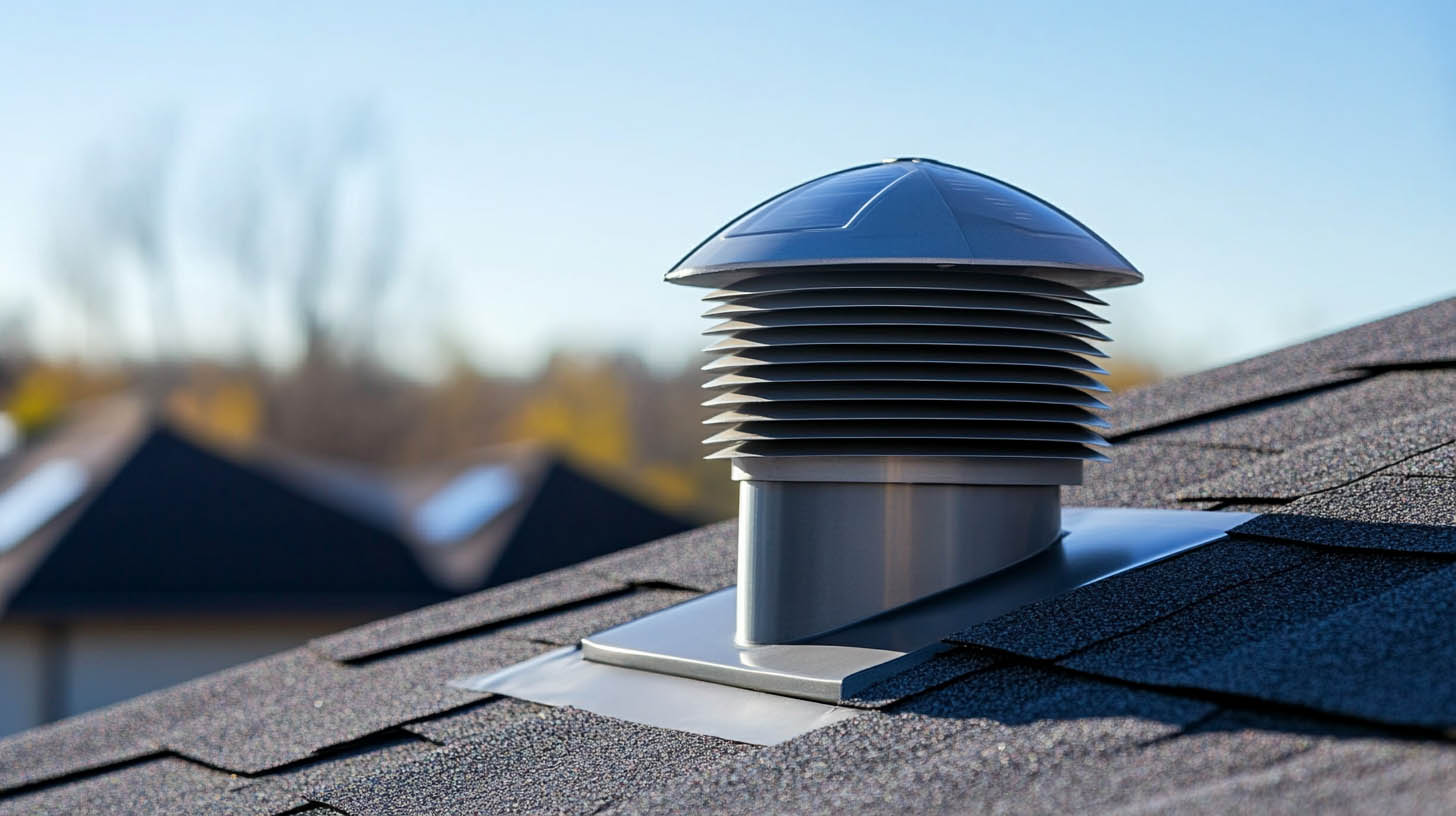
When it comes to improving home energy efficiency and ventilation, solar-powered roof vents are a modern solution worth considering. In Charleston, WV, Rainstoppers Roofing offers expert installation services to help homeowners maximize the benefits of solar technology for their roofing systems.
What Are Solar-Powered Roof Vents?
Understanding the Basics
A roof vent is designed to allow hot, trapped air in your attic to escape, improving overall ventilation. Unlike traditional vents that rely on wind for functionality, solar-powered roof vents use photovoltaic panels to operate efficiently, even on still, sunny days.
Key Features
- Equipped with solar panels for independent operation.
- Active ventilation ensures consistent airflow regardless of weather conditions.
- Enhances indoor air quality by expelling stale air and reducing humidity.
Benefits of Solar-Powered Roof Vents
Energy Savings
By keeping attic temperatures cooler, these vents can reduce the workload on air conditioning systems, leading to energy savings of up to 30% on cooling bills.
Roof Longevity
Proper ventilation prevents excessive heat buildup, which can damage underlayment and shingles, extending the lifespan of your roof.
Moisture Control
Reduced humidity in the attic lowers the risk of mold, mildew, and structural damage, ensuring a healthier home environment.
Interesting Fact: Homes with proper attic ventilation can prevent ice dams in winter, which occur when warm air causes snow to melt and refreeze at roof edges.
Installation Considerations
Placement Guidelines
- Install vents facing south to maximize sunlight exposure.
- Maintain a distance of at least 10 feet from passive vents to prevent air circulation interference.
- For shaded roofs, opt for models with remote-mounted panels for optimal performance.
Sizing Recommendations
The number of vents required depends on your home’s size:
- 1 vent for homes up to 1,600 square feet.
- 2 vents for homes between 1,600 and 2,400 square feet.
- 3 or more vents for larger homes.
Costs and Return on Investment
Upfront Investment
Installing solar-powered roof vents costs between $300 and $1,000 per unit, depending on the model and installation complexity. While the initial cost may be higher than passive systems, the energy savings can offset this expense over time.
Long-Term Savings
Since these vents operate on solar energy, there are no ongoing operational costs, making them an eco-friendly and cost-effective solution in the long run.
FAQs
Are solar-powered roof vents suitable for all climates?
Yes, they perform well in sunny regions and can be adapted for use in shaded areas with remote panels.
Do these vents work during power outages?
Absolutely. Their independent operation makes them a reliable choice, even during grid failures.
Can solar-powered vents replace traditional roof vents?
Yes, they offer superior performance and efficiency but should not be combined with passive vents in the same area.
How long do solar-powered roof vents last?
With proper maintenance, they can last 20+ years, similar to the lifespan of solar panels.
Are there any maintenance requirements?
Minimal maintenance is needed—periodic cleaning of the solar panel and checking for debris around the vent.
Conclusion
Solar-powered roof vents offer a sustainable and efficient way to improve home ventilation while reducing energy costs. By integrating these modern vents into your roofing system, you can enjoy a cooler attic, healthier indoor air, and extended roof life. For expert installation, consult professionals like Rainstoppers Roofing to ensure optimal performance.
If you want to read a blog about whether flat roofs require extra care, click here.
